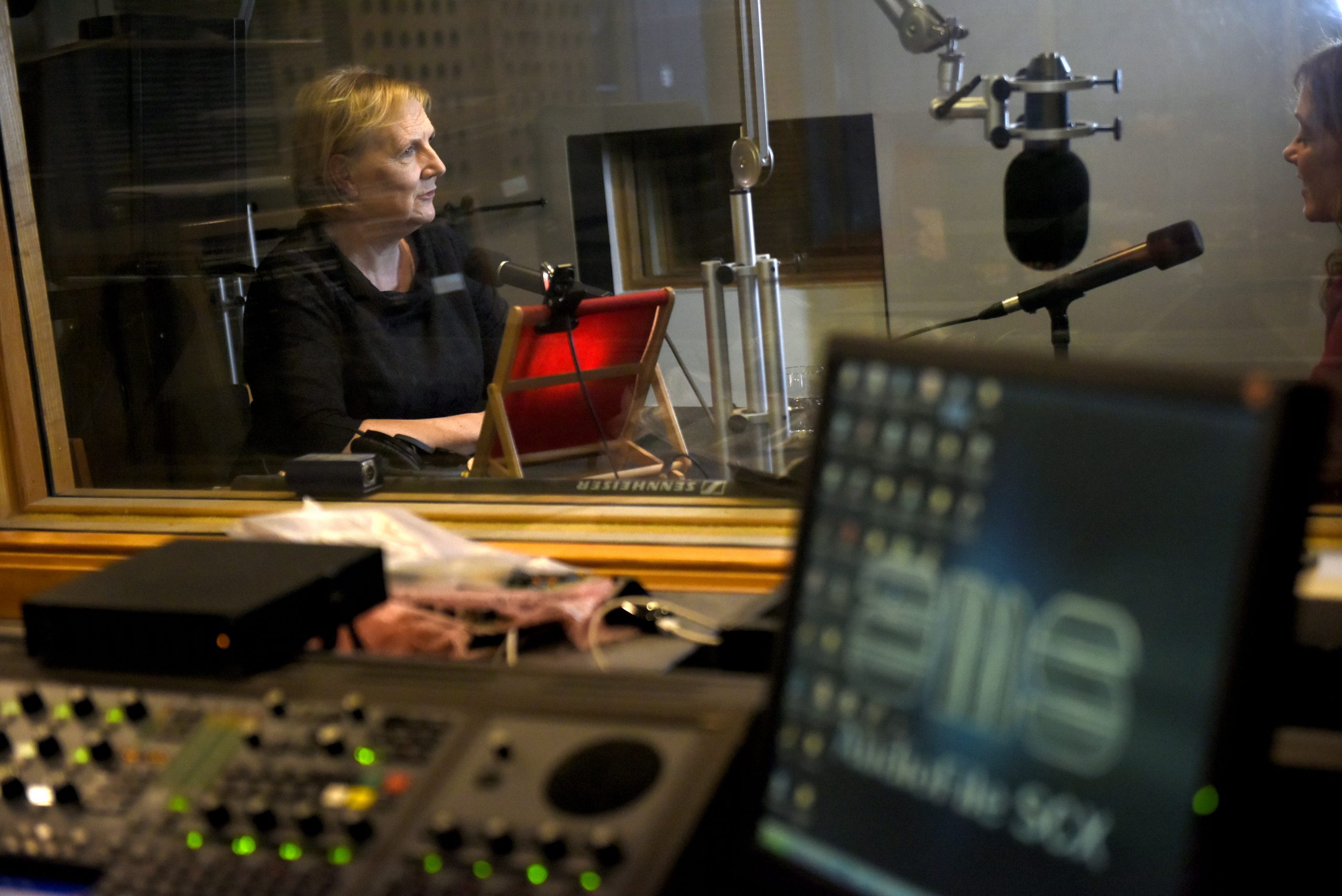In this interview Bríd Horan spoke to Alison Cowzer about: Being unaware of what an actuary was but choosing the career instead of being a “poor student” after seeing a job advertisement shortly after receiving her Leaving Cert results. Spending 17 years with the ESB and becoming its deputy CEO.Co-Founding the 30% Club and Co-Chairing Better Balance for Business.Learning the most in her years after becoming a mother and taking that time to grow personally: getting more involved in the community and staying current by becoming a student examiner. The taboo around mentioning being a mother in an interviewMillennials, Centennials…
Cancel at any time. Are you already a member? Log in here.
Want to read the full story?
Unlock this article – and everything else on The Currency – with an annual membership and receive a free Samsonite Upscape suitcase, retailing at €235, delivered to your door.

